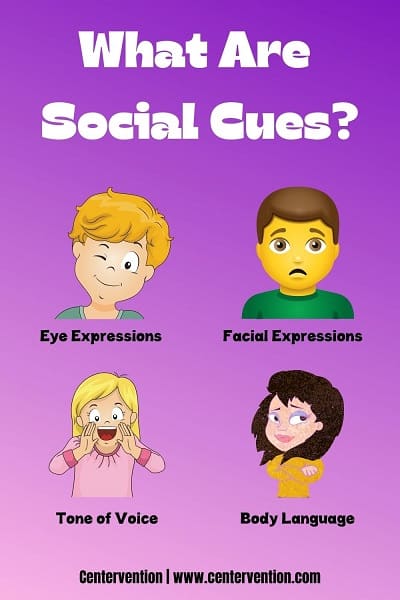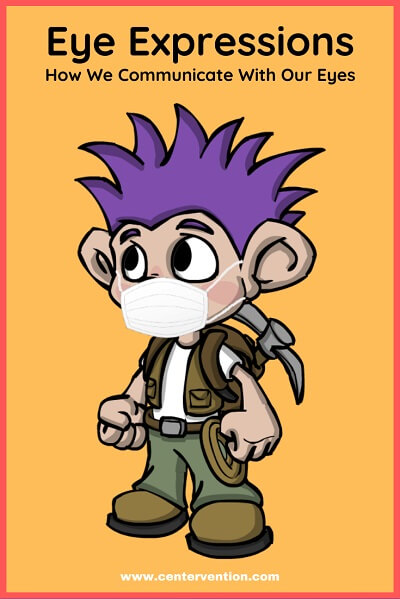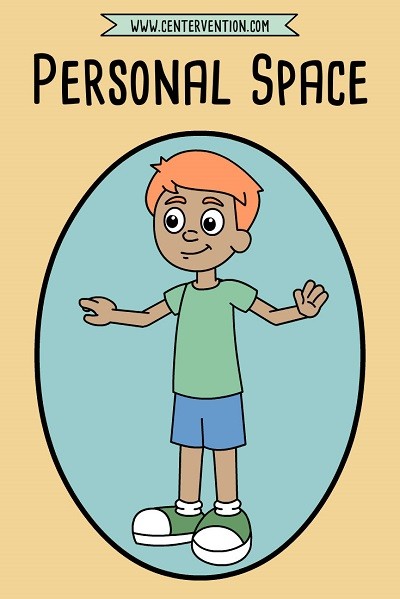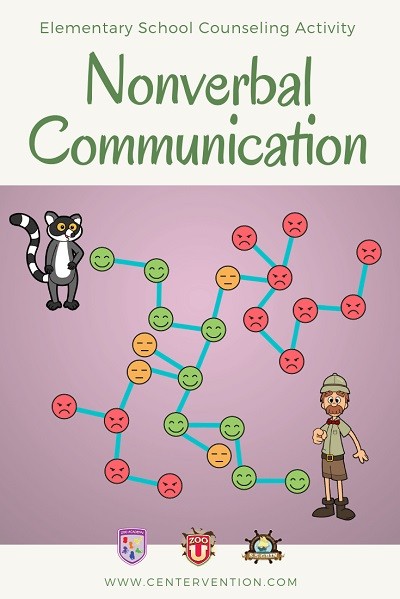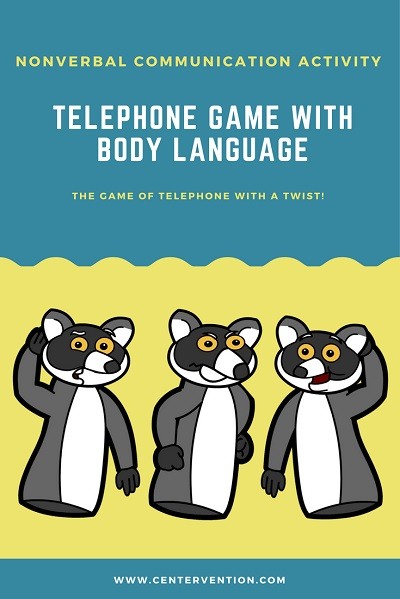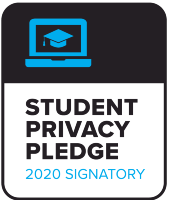What Social Cues Mean?
Social cues are the verbal and nonverbal “clues” that help us interact, communicate, and establish relationships with other people. By integrating the information contained within the cues, we can judge how other people are feeling, decide if someone is a friend or foe, and improve our overall social competence.
Some examples of social cues include:
- Body language including gestures, posture, touch, and how we use space
- Eye expressions and eye gaze
- Facial expressions covering a range of emotions and feelings
- Tone of voice and voice inflection
According to research, we typically begin to make judgements about social cues between birth and age two, and our learning continues into and through adulthood. But for many people, especially younger students, processing these cues can be a mystery, and it can help if we provide them with explicit instruction.
Teaching Social Cues
Foundational lessons for social cues
We have developed a number of lessons and activities to assist you in helping students understand and process social cues. And while the lessons below are free, please consider using our online social emotional learning interventions for students that need additional support, especially students that have social emotional goals as part of an IEP.
Eye Expressions
With this lesson, students will how to use their eyes to convey feelings, and they will learn to evaluate similar clues from other students.
Personal Space
Working as a group, students will show proper personal space and discuss how different situations may change the rules around what boundaries are okay and not okay.
And then each student will write their own personal space social story.
Nonverbal Communication
On this page, you will find three worksheets and lessons to help your students improve their ability to recognize and process nonverbal communication signals.
Body Language
This lesson is an activity built on the classic game of Telephone. Students will first play the game use words, and then, they will play again using body language to convey a feeling.
Additional social cues activities and worksheets
- Voice Inflection Lesson: Audio lesson to evaluate if the speaker is angry, sad, surprise, or worried.
- Active Listening Exercises: Exercise to help students focus on what is being said and sharing feelings about being truly heard.
- Emotion Faces Worksheet: Evaluate if faces are angry, anxious, bored, confused, happy, impatient, sad, scared, and surprised.
- Feelings Faces: A free match the emojis printable.
- Cooperative Learning Activities: Student can demonstrate their mastery of social cues by working together.
